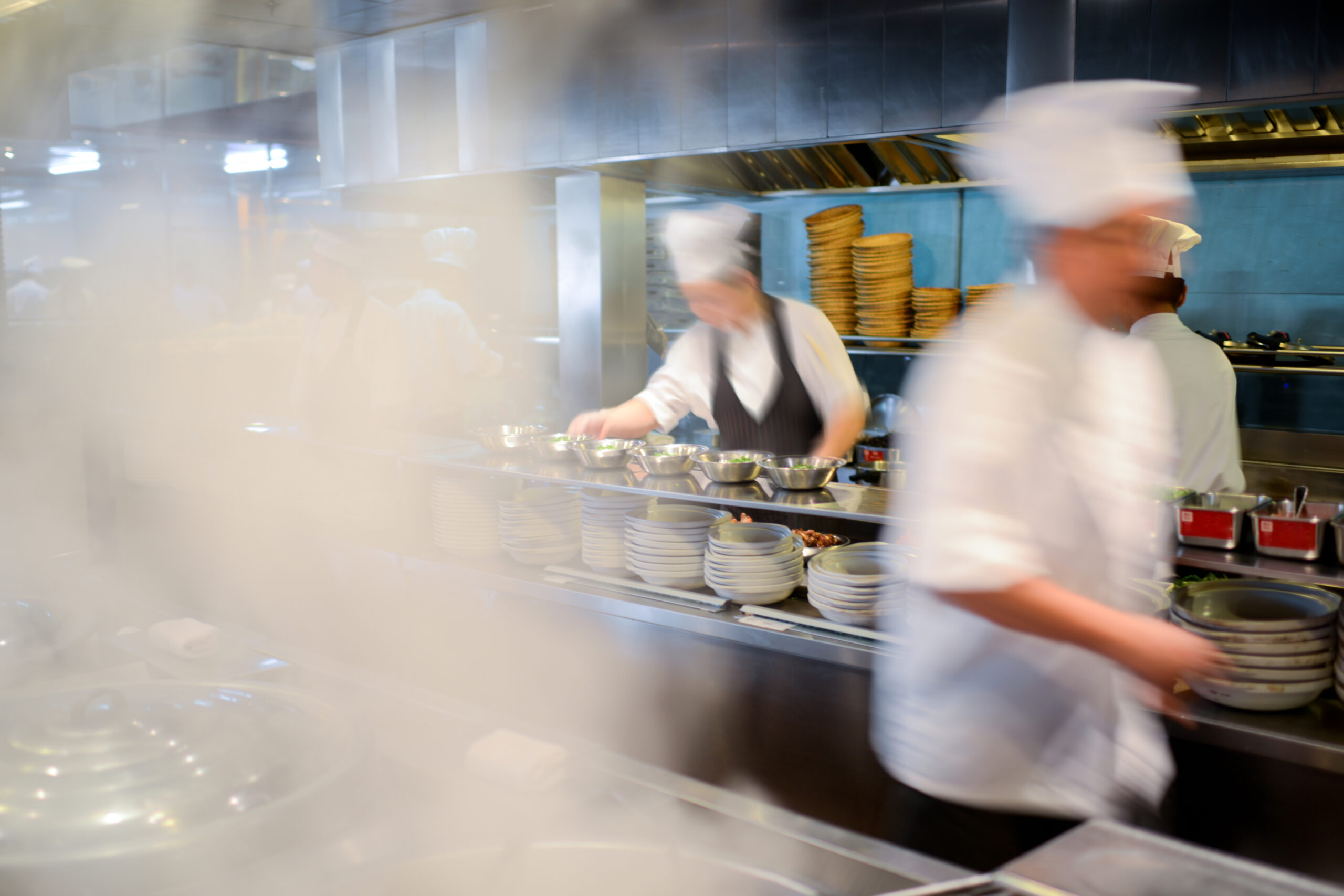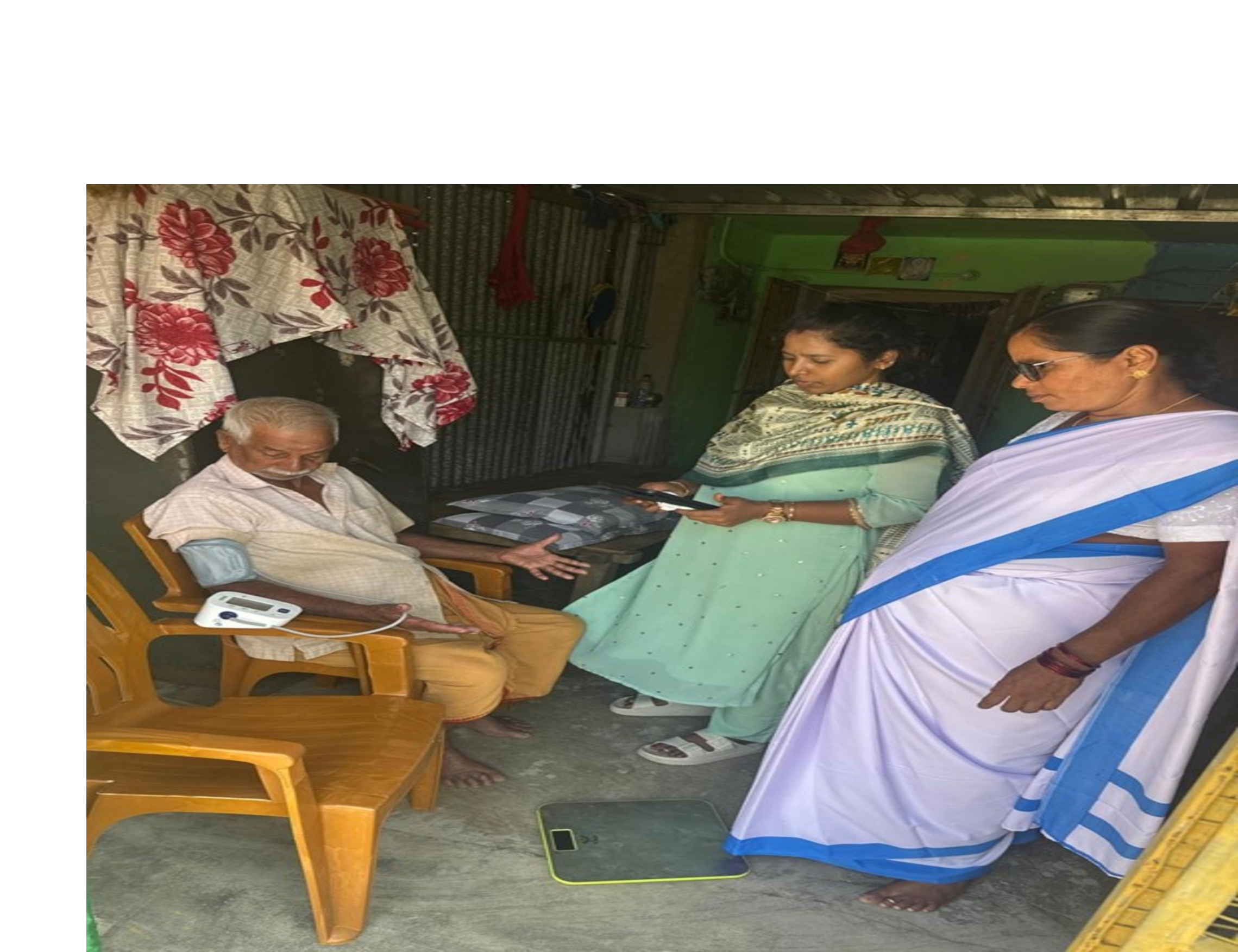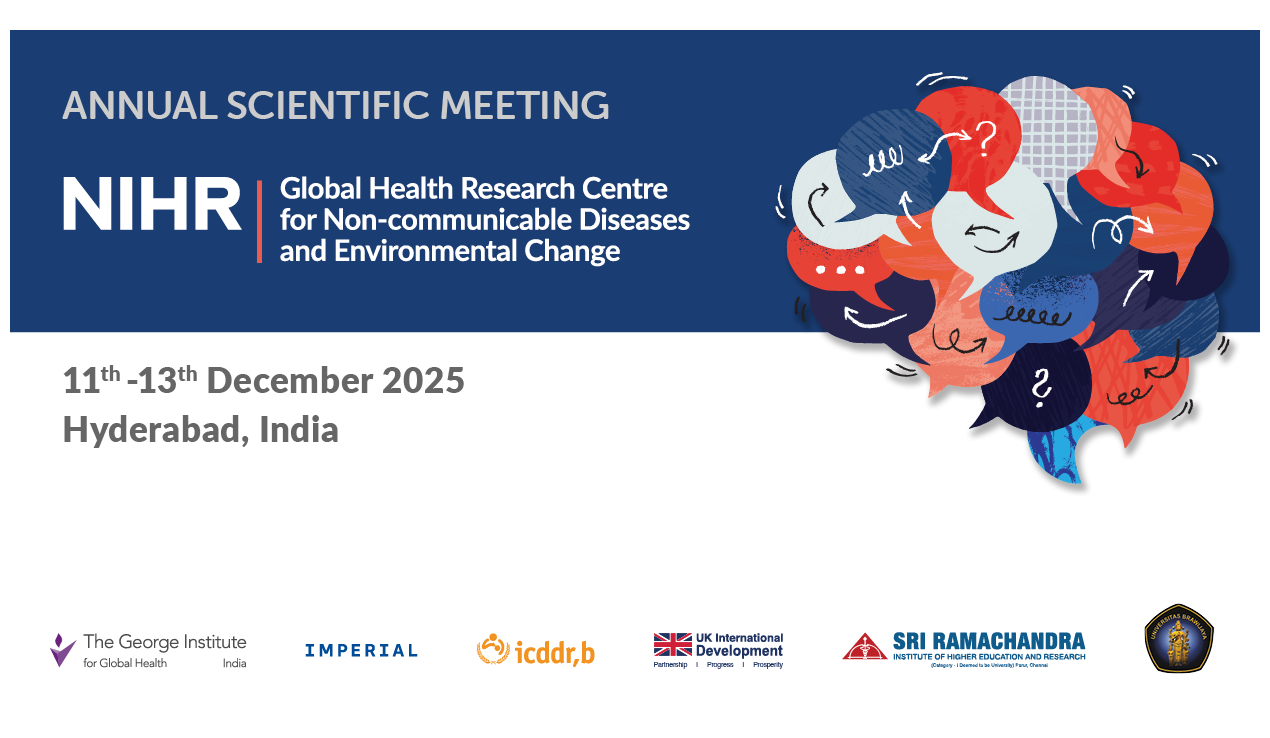In bustling restaurants, busy catering units, and street food stalls across India, the heat isn’t just emanating from the stove; it’s everywhere. Most commercial kitchens often operate in enclosed spaces with poor ventilation and inadequate cooling systems, compounded by long, grueling working hours. A perilous combination that puts the cooks, cleaners, and service staff at seriously high risks of heat stress. It’s crucial that we recognize this issue and take action to ensure a safer working environment for these dedicated and yet at times forgotten individuals.
The Heat Inside: More than just discomfort
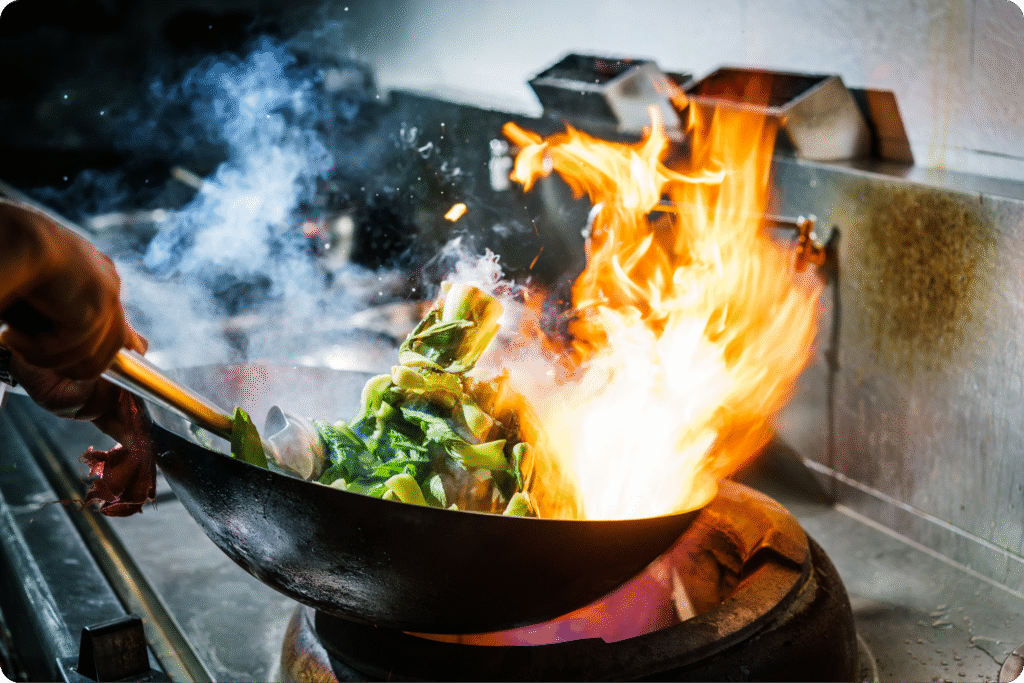
Most people associate heat stress with outdoor work, like construction or farming. But what happens when you’re frying pakoras for hours next to a tandoor in a cramped kitchen that can reach temperatures over 45°C? Unlike outdoor workers who may have the chance to take breaks or feel a refreshing breeze, these hardworking chefs are trapped in sweltering heat with no relief in sight.
Heat stress goes beyond simply feeling hot. It can cause dehydration, fatigue, dizziness, muscle cramps, nausea, and in extreme cases, heatstroke—a life-threatening condition. For food workers handling knives, boiling oil, or heavy equipment, even a brief moment of light-headedness can lead to serious injuries.
Our Research: Listening to the Heat
Our recent studies in Tamil Nadu examined heat exposure among workers in commercial kitchens, ranging from hotel kitchens to cloud kitchens. Using temperature sensors and worker interviews, we found that:
- Over 65% of workers experienced wet bulb globe temperature (WBGT) which measures heat stress by combining temperature, humidity, wind speed, and solar radiation, exposures exceeding the threshold limit value.
- More than 95% of workers reported at least one heat-related illness symptom, such as excessive sweating, dizziness, headache, muscle cramps, and urinary infections, in the previous week.
- Breaks, water access, and ventilation were minimal in most of the kitchens surveyed.
One of the most startling findings was that most heat-impacted workers didn’t even realize their symptoms were heat-related. Emphasizing the pernicious effect, a lack of awareness about heat risks can exert.
Cooling Solutions: A Menu of Options
We piloted a few low-cost and practical mitigation strategies, including:
- Cooling Paints: Reflective white paints applied to kitchen roofs to reduce indoor temperatures.
- Cooling Vests: Lightweight, reusable vests with gel packs to help workers stay comfortable during peak heat hours.
- Traditional Cooling Foods (TCFs): Buttermilk was introduced into staff meals to hydrate and replenish electrolytes naturally.
Together, these measures demonstrated a noticeable decrease in self-reported symptoms within just a few weeks.
Why This Matters?!
Heat stress is more than a health issue; it affects productivity, food safety, and the well-being of millions of workers. By implementing simple measures—like providing access to cool drinking water, shortening shifts during peak heat hours, and offering cooling foods—we can protect workers from the hidden, yet serious risks associated with heat.
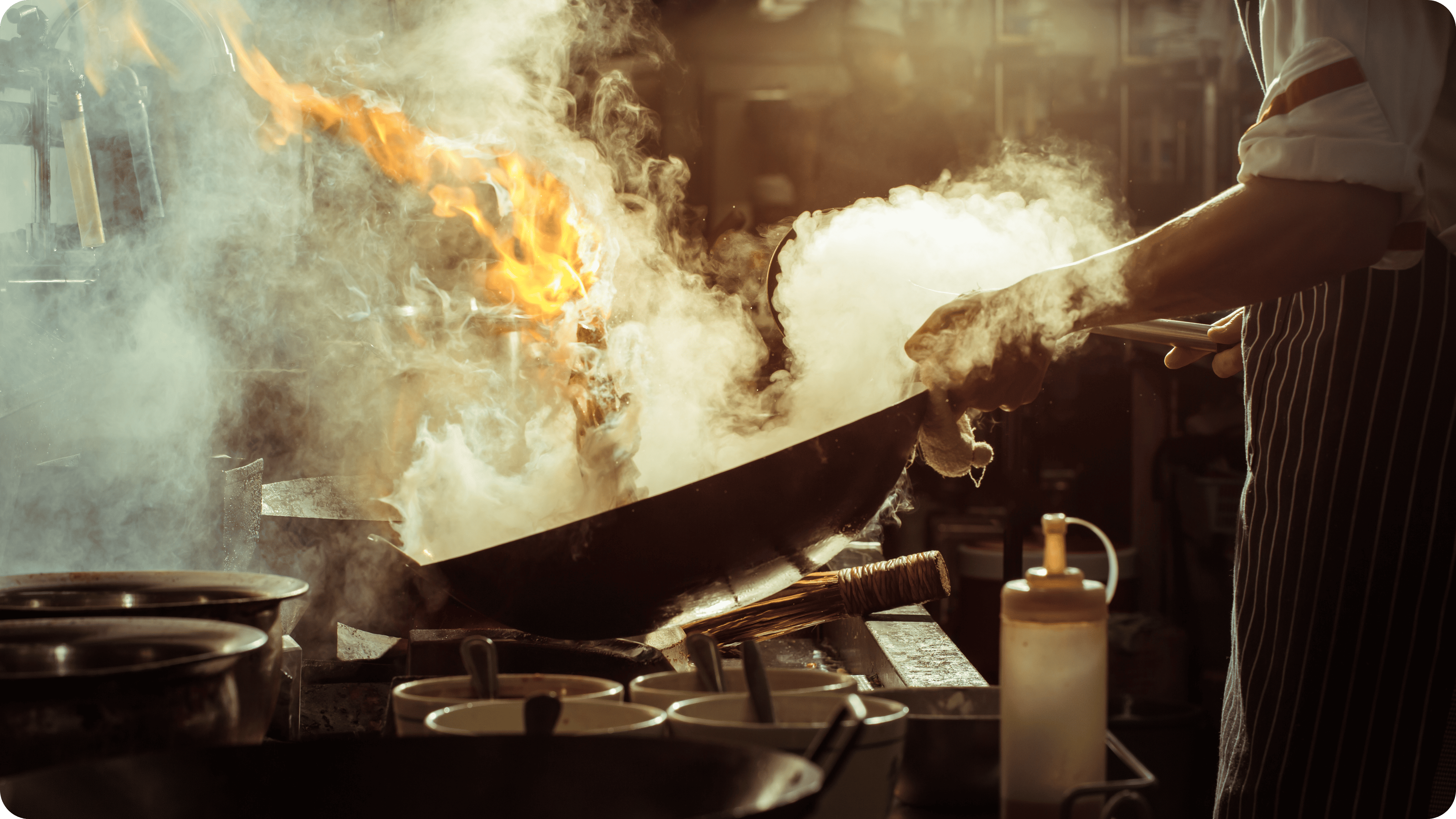
For business owners, these measures reduce sick days, boost employee morale, and enhance food hygiene. For workers, this translates to a positive change in their health problems and a safer work environment.
“Heat is here to stay—but with awareness and action, it doesn’t have to be dangerous.“
– Dr. Vidhya Venugopal
Country Director, NIHR GHRC for Non-Communicable Diseases and Environmental Change
The Road Ahead: Beyond the Kitchen
Looking forward, we aim to focus on the food delivery workforce, especially in cities. Delivery personnel face intense heat on two-wheelers, often without protective gear, and under pressure to meet quick deadlines. As climate change worsens and urban heat islands expand, we must rethink how we protect all food workers—not just in kitchens but on the roads too.
——————————————————
This blog was authored by Dr. Somnath Panda, Akshaya P. and Saran Kumar T.
About the co- authors:
Dr. Somnath Panda– Somnath is a molecular biologist with a Ph.D. in Medical Microbiology, specializing in virology, genetics, and clinical research. With over five years of academic and field experience, he aims to advance research on heat stress in India, focusing on genetics and biomarker-based rapid diagnostics to alleviate public health challenges.
Akshaya P.– Akshaya is a Ph.D. scholar and a Project Associate with NIHR Global Health Research Centre for Non-communicable Diseases and Environmental Change and is conducting research on affordable cooling strategies for food to reduce heat stress. With a background in neuroscience and public health, and experience with Apollo, the ILO, and Camomile Healthcare, she aspires to become a professor and lead research on climate-health resilience and culturally grounded interventions.
Saran Kumar T.– Saran is a PG Research Trainee with the NIHR Global Health Research Centre for Non-Communicable Diseases and Environmental Change, studying the impact of cooling vests on heat stress among kitchen workers. Currently pursuing a Master’s degree in Industrial Safety Engineering, he brings practical experience as a Junior Industrial Hygienist. Saran aims to become an Industrial Hygiene Consultant, promoting safer workplaces through research-driven solutions.
This research was funded by the NIHR (Global Health Research Centre for Non-communicable Diseases and Environmental Change) using UK international development funding from the UK Government to support global health research. The views expressed in this publication are those of the author(s) and not necessarily those of the NIHR or the UK government.


